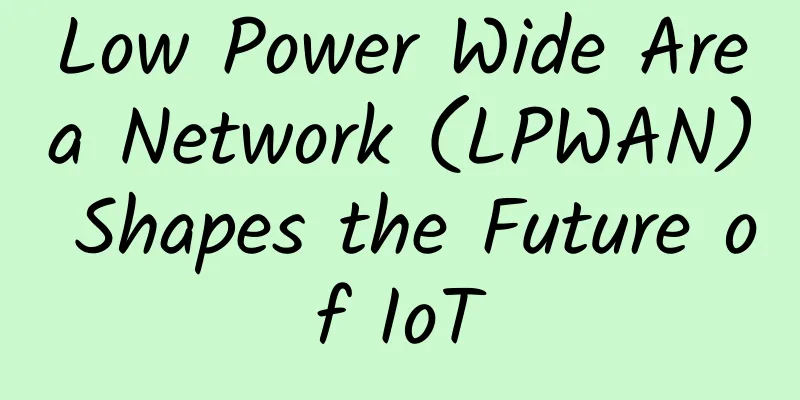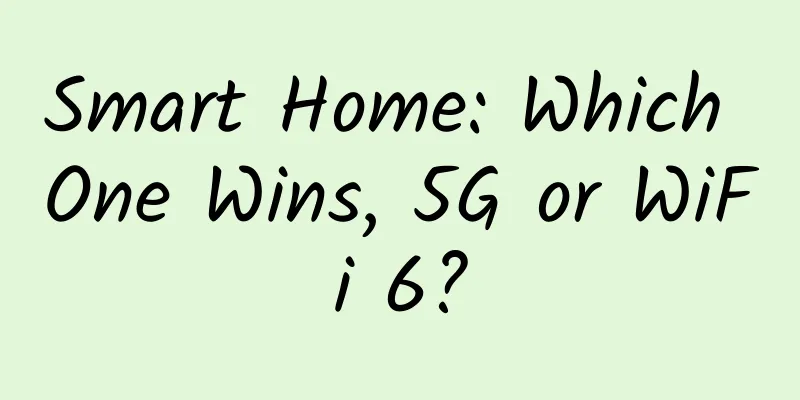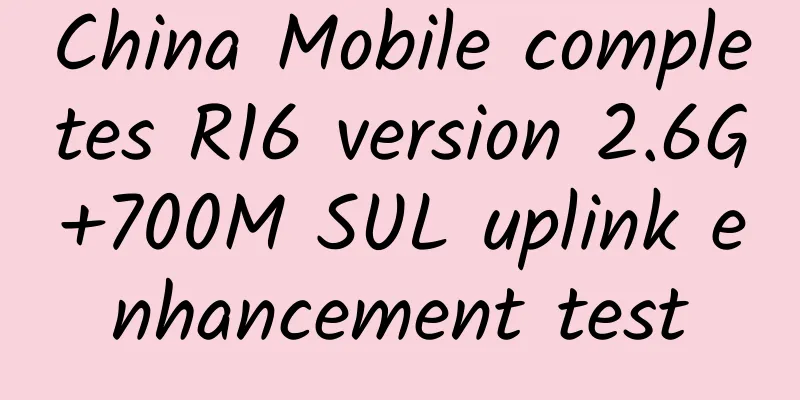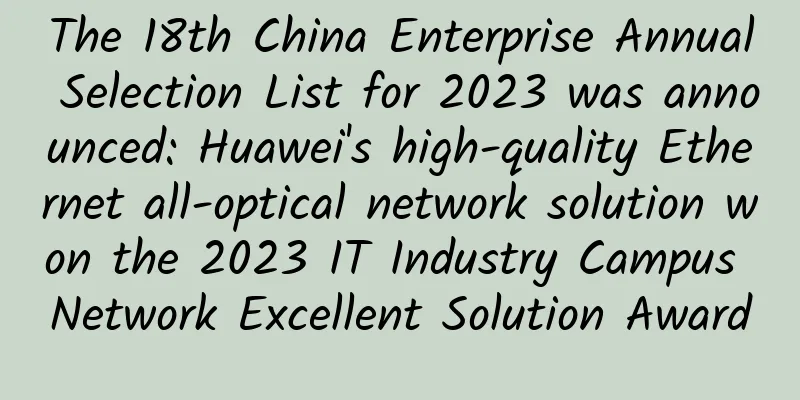Low Power Wide Area Network (LPWAN) Shapes the Future of IoT

|
IoT wireless connectivity networks are booming to help meet the networking needs of a variety of devices - from connected cars and smart homes to smart lighting and infrastructure. In particular, low-power wide area networks (LPWANs) are particularly suitable for IoT systems that require low power consumption and ultra-long battery life with carrier-grade security. Several LPWAN technologies are being developed and deployed, including LTE-M and narrowband IoT (NB-IoT), which can support such IoT connectivity needs. Because LPWAN will have a significant impact on the growth of future IoT innovations, you need to know the following.
Choosing the right IoT network Building a successful IoT system is all about matching connectivity needs with the right technology or combination of technologies. Depending on the IoT application category, companies need to consider six key factors when choosing network connectivity technology: coverage, data throughput, mobility, latency, battery life and cost. Take throughput as an example, which represents the rate (or speed) at which data is exchanged on the network. For smart city parking meters, lighting management, or other scenarios where data exchange is less and can accept high latency, data throughput may be a lower priority. However, if the application is for streaming, telemedicine, or involves video scenarios, then choosing a high-throughput, low-latency network will be crucial. Low power consumption technology advantages Lower cost and longer battery life have always been top priorities for IoT system architecture. LTE-M and NB-IoT are well suited to addressing these issues—and more. In this article, I will focus on these two network connectivity technologies. Compared with traditional IoT mobile connection technology, LPWAN technology has obvious advantages. Due to wide-area coverage and multi-terminal capacity in each region, the overall network connection cost is expected to be much lower than the traditional mobile broadband connection cost. In addition, LTE-M and NB-IoT can provide up to 10 years of battery life for many IoT devices. Although 12 to 24 hours of battery life is sufficient for consumer wearable devices, remote asset monitoring devices require longer battery life. For example, the battery of a smart device that tracks assets in the supply chain may need to be used for 7 to 30 days at a time, depending on the shipping time and mode of transportation, such as land, sea and air; there are also simple switches or container vacancies, such as monitoring the capacity of trash cans or liquid storage tanks. The equipment needs to be used on site for many years, and a single battery needs to be used for many years. Licensed and Unlicensed Spectrum for LPWAN There are two main categories of LPWAN technology: licensed technology and license-free technology. Licensed LPWAN technologies leverage the existing wireless spectrum resources of mobile network operators. Mobile operators have long held licenses to operate within dedicated spectrum, specifically for wireless communications. This is how they provide the highly reliable, scalable and secure network environment that large enterprises expect. Both NB-IoT and LTE-M support licensed spectrum with carrier-grade security. Unlicensed LPWAN technologies can be used within designated frequency bands as long as they comply with the rules associated with the frequency bands. Wi-Fi routers, cordless phones, and other communications devices can also access unlicensed spectrum, which may cause signal interference and degrade network performance. In addition, unlicensed spectrum technologies have limited coverage, lack carrier-grade security, and do not always support two-way communication. As a result, most unlicensed LPWAN technologies do not support over-the-air updates of firmware and software. LTE-M and NB-IoT development momentum Mobile operators have launched 58 commercial mobile IoT networks worldwide, according to the GSMA, which predicts there will be 1.8 billion licensed LPWAN connections by 2025. AT&T launched its LTE-M network in the U.S. and Mexico last year and recently announced plans to launch NB-IoT in the U.S. and Mexico early next year. LTE-M and NB-IoT are complementary low-power IoT technologies. NB-IoT is well suited to meet basic data requirements for use cases with limited data needs, while LTE-M supports more powerful features, providing higher bandwidth, mobility, and LTE voice services. They can both connect directly to mobile networks without the need for Wi-Fi login or Bluetooth pairing. NB-IoT is best suited for simple switchgear including smart parking meters, smart agriculture sensors, electricity meters, industrial monitors, building automation, etc. On the other hand, LTE-M is best suited for asset trackers, fleet tracking, smart watches, alarm panels, pet trackers, smart home appliances, patient monitors, utility meters, etc. Looking ahead NB-IoT and LTE-M are expected to become part of the industry's massive IoT standards. Investing in NB-IoT and LTE-M can help companies ensure they are ready for the future. LPWAN accelerates the pace of innovation in the IoT and drives larger-scale device deployments, playing a key role in building a broad foundation of ecosystem partners, devices, and applications around the world. |
<<: International roaming fee reductions are aimed at the wallets of people traveling abroad
>>: Four major trends in China's Internet development
Recommend
BuyVM management panel Stallion simple use tutorial
I searched the blog and it seems that no one has ...
Europe focuses on 6GHz rules, Wi-Fi -7 is still a long way off
European regulators have been facing increasing p...
12 Myths About Blockchain Technology
Blockchain, the distributed ledger technology, ha...
The first SD-WAN application and practice seminar for the financial industry opened in Beijing
On the afternoon of December 7, 2018, the first S...
Emerging 5G technology puts SIM-based IoT devices at greater risk
Downloading a high-definition movie in the blink ...
LTE vs. 5G: What’s the difference?
For years, it seemed like the hype about 5G would...
How to implement TCP connection and communication with Python?
Network connection and communication are the know...
The "Six Mountains" that Block Operator Innovation
The recent discussion about the advanced construc...
China successfully obtained a patent for 6G technology, which is 50 times faster than 5G. Foreign media lamented: The speed is too fast
Nowadays, the development of the Internet is real...
HostingViet: 50% off Vietnam VPS annual payment, 1GB/20G SSD/unlimited traffic/annual payment starting from 161 yuan
HostingViet has released the promotion for Octobe...
The ultimate competition, the battle of the strong--Kunpeng Application Innovation Competition 2020. The Zhejiang Division Finals was successfully held
[51CTO.com original article] On August 21, the fi...
Six requirements for integrating SmartNIC/DPU into existing network infrastructure
The CPU has long been considered the backbone of ...
The End of 2G and 3G Networks: The Transition to 4G and Beyond
As technology evolves and big data becomes more p...
BuyVM: AMD Ryzen+NVMe high-performance VPS, 1Gbps unlimited traffic, cheap large hard disk (storage block) VPS
During Black Friday, many friends squatted on lar...
China Mobile may withdraw all 3G networks by 2020, but terminals still need to support GSM
At the Global Terminal Summit held recently, Chin...







![[Black Friday] edgeNAT: 20% off for monthly VPS and 30% off for annual VPS, top up 500 yuan and get 100 yuan free](/upload/images/67cac24339ff5.webp)

